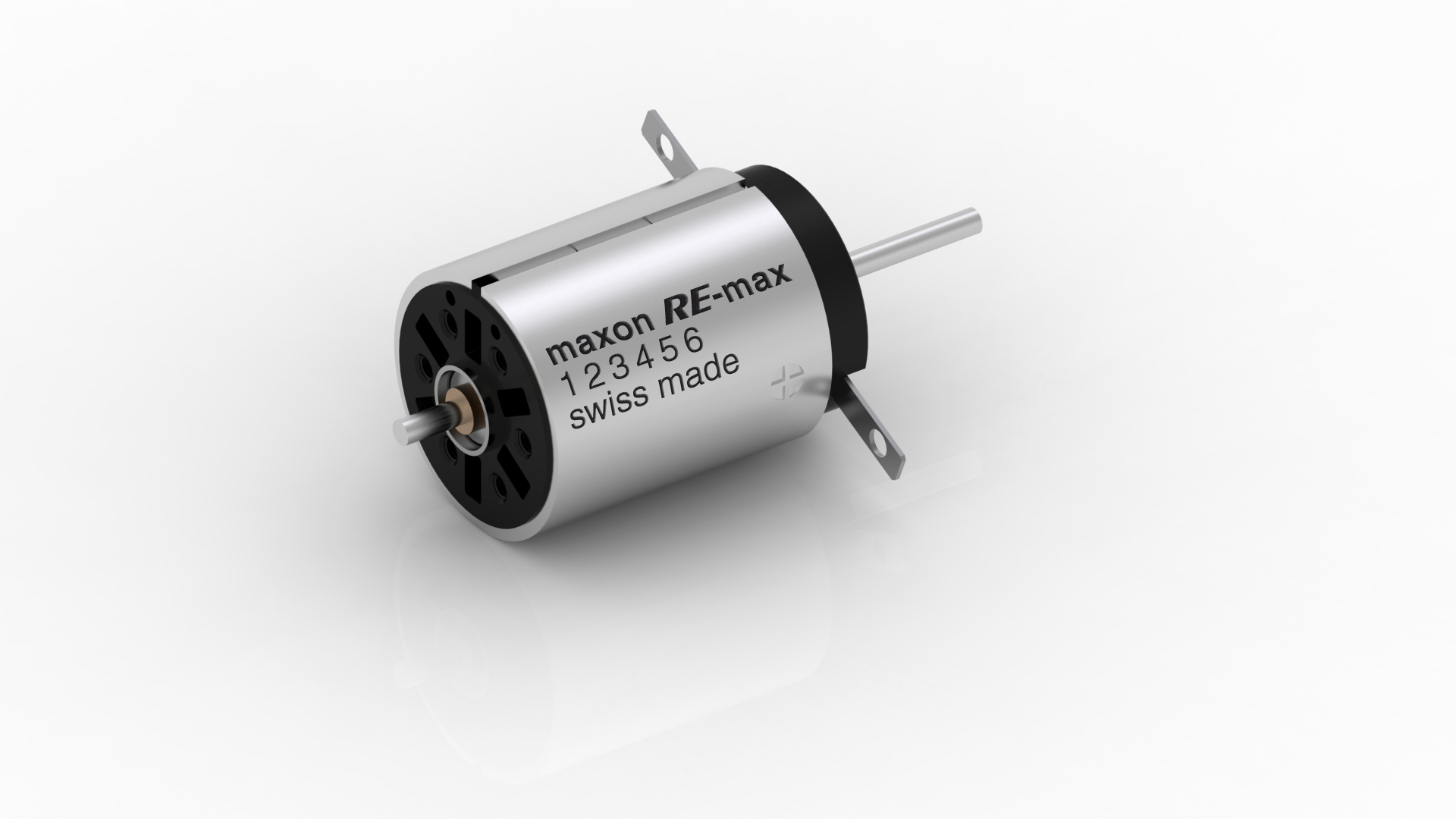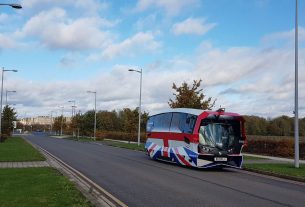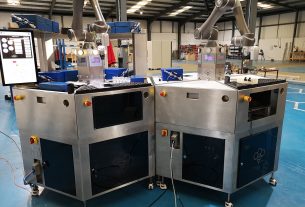By John Walters, Technical Engineer at maxon
maxon’s DC motors operate with higher torque and speed at smaller sizes due to the revolutionary maxon technologies developed in the company’s 60-year life span. Due to the constant update in both winding and magnet technologies, motors can go into NRND (Not Recommended for New Designs) status and become obsolete. It is a standard process to replace older motors with more modern options, perhaps for a more compact design or for competing lead times or pricing.
Technology updates result in improvements in efficiency and torque, and speed output; whilst this is highly beneficial for placing newer and smaller motors in tighter applications, it can cause problems for integration into legacy designs. In most cases, finding a close match with previous maxon products is possible.
A range of parameters should be considered when replacing DC or BLDC motors. These are:
Motor Behaviour: Speed-torque gradient, speed constant, and torque constant are critical values, as these directly correspond to how the motor responds to current and voltage. These values are characteristic of the motors’ behaviour and must be compared to the previous product to ensure they behave similarly.
Power Limitations: Maximum speed, peak torque, continuous/nominal torque and available power supply voltage and current are essential to ensure that the power supply can achieve the required operation points to match the prior motor.
Motor Type – DC (Direct Current): maxon’s DC motors are typically used between 4000 and 9000 rpm and have no magnetic cogging, simple operation and high acceleration. Graphite brushes or precious metal brushes with CLL (Capacitor Long Life) are important as these determine how the mechanical commutation through the brushes occurs. Graphite brushes are typically used in larger motors with high load currents, in start/stop and reverse operations and with PWM (Pulse Width Modulation) power stages. Precious metal brushes are typically used in smaller motors in continuous operation with smaller loads and battery operations. CLL is also important as this reduces spark generation in precious metal commutation.
Motor Type – BLDC/EC (Brushless Direct Current/Electronic Commutation): maxon’s EC motors have speeds of up to 120,000 rpm and long service life, and reach high torques and speeds. Variables for EC motors include sensored or sensorless, commutation electronics and inclusion of integrated electronics. Sensored EC motors commutate using information from hall sensors, while sensorless motors use back EMF at high speeds using a speed-dependent pause. Some maxon EC motors, the EC flat range for example, have integrated electronics such as encoders.
Electrical Interfaces: Electrical interfaces to motors directly affect how the motor is powered and how communication takes place. The electrical interfaces have numerous variations, such as the terminals and cabling type, length and their respective connectors. Different brands may use different cabling and terminals so adapter wiring harnesses may be required.
Mechanical Interfaces: Mechanical interfaces are the way the motor connects to the external components. These include flange geometry, shaft geometry, maximum diameter/length and bearing types. Flange and shaft geometry varies from motor to motor and company to company, so this is a common area for problems when specifying new motors. Bearing types come in two categories, sintered sleeve and ball bearings. Sintered sleeve bearings are suitable for continuous operation at a lower cost, whilst ball bearings are suitable for all operating modes at up to 100,000rpm and with higher experienced loads.
Combinations: For maxon’s mechatronics systems, hundreds of thousands of combinations are available. The options include the motors and their respective windings and modifications, gearboxes and their respective ratios, encoders and their respective resolutions, screw drives, brakes and controllers. It is important to match these combinations closely in specification with previous motors to achieve similar performance.
Commercial Aspects: maxon’s motors can be significantly modified, which can cause complications when bringing older modifications into newer specification motors. Another consideration is the quantity, product availability and delivery dates.
The following factors may also be relevant depending on the operation and scenario of the previous specification motor:
Operation: If the previous specification motor was being used with extreme environmental conditions such as high temperature, high vacuum or intense vibration, an off-the-shelf solution might not be appropriate as a replacement, and further customisation may be required.
Duty Cycle: Motors work outside of a “continuous operating zone”, but only for a duration limited by the thermal time constant of the winding. Sometimes in cases that experience either increased torque or speed, the motor operates outside of this zone and to prevent damage and overheating, the motor is required to work intermittently. It is essential whilst specifying motors to consider the motor’s duty cycle, and if it is intermittent, to know both the on-time and the off-time of its operation.
Motion Profile: The motion profile can be essential to determine the motor’s root mean square (RMS) torque to know if the motor is operating outside its continuous operating zone. There is a range of different profiles; these are “General”, “Symmetrical”, “3/3 Trapezoidal”, and “Triangular”. Symmetrical profiles are used to travel over long distances at a limited velocity, 3/3 Trapezoidal for minimal power useable and thermal improvements, and triangular for a limited acceleration of force and a lower time requirement.
Once the qualified engineers know these parameters at maxon, a set of the previously stated factors can be calculated. These values correspond to a range of compatible motors to decide the most appropriate. It is worth noting that the flange, shaft design, and electronic solutions are likely to be the main restrictor. In cases where the design is restricted, the motor parameters will likely be slightly different and require slightly different power supply voltages and current values.





